Smart City Bus Shelters

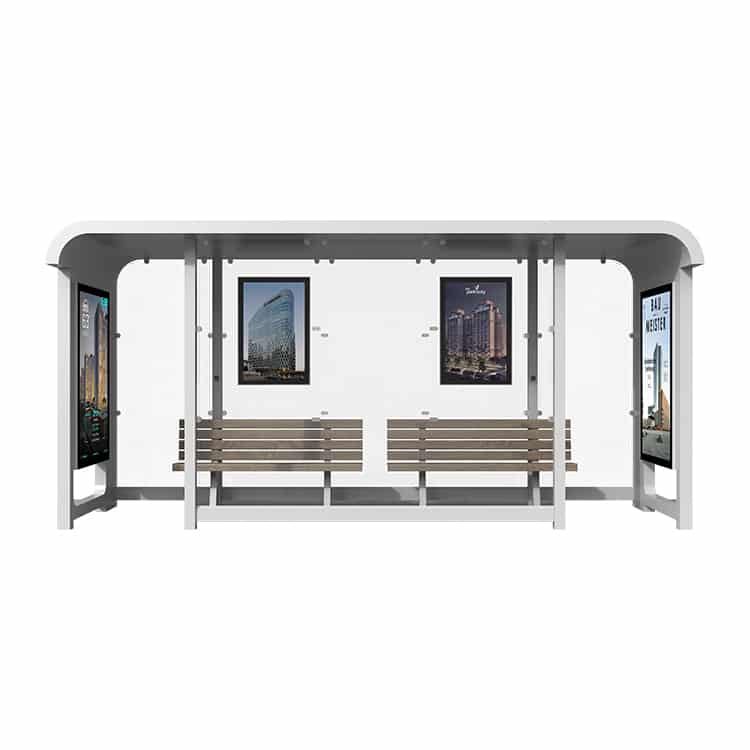
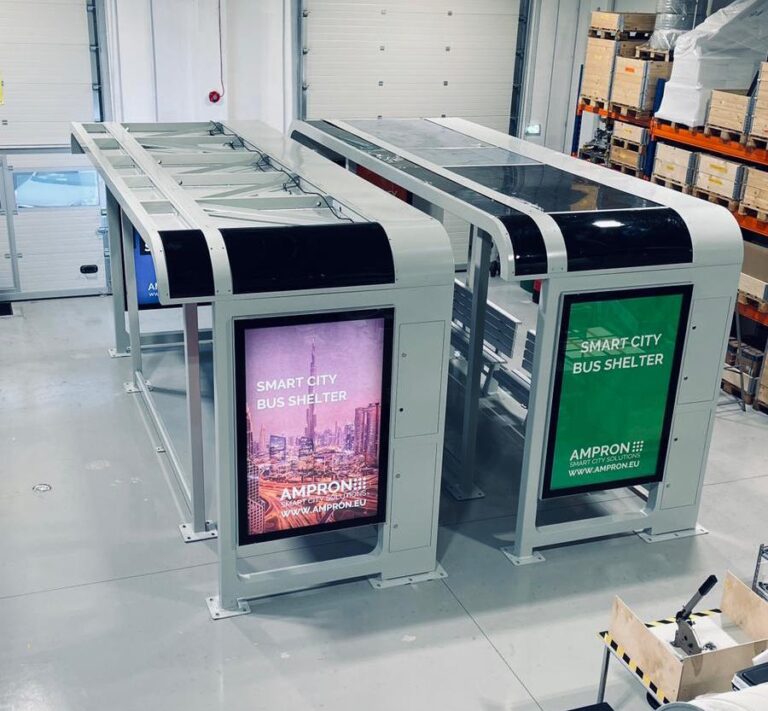
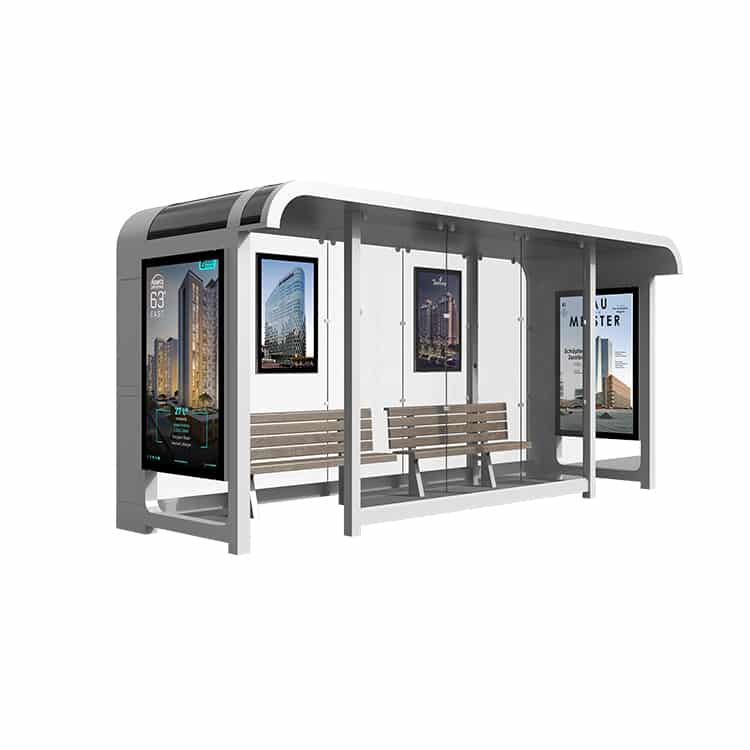
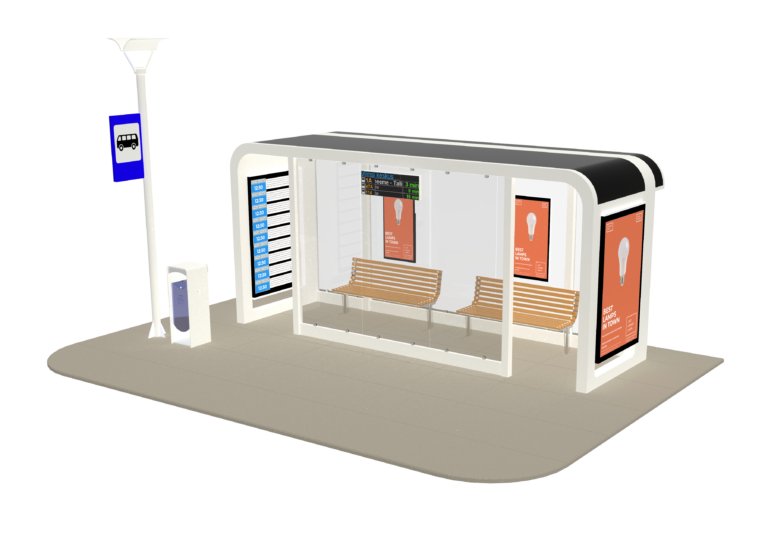
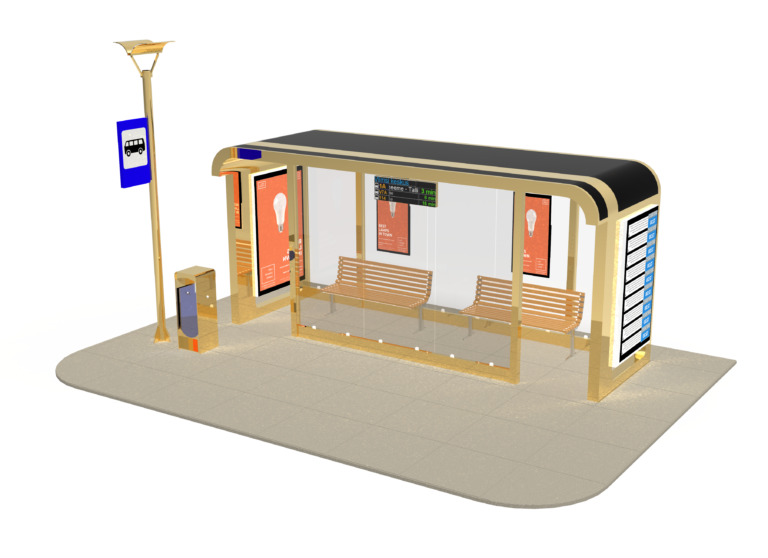

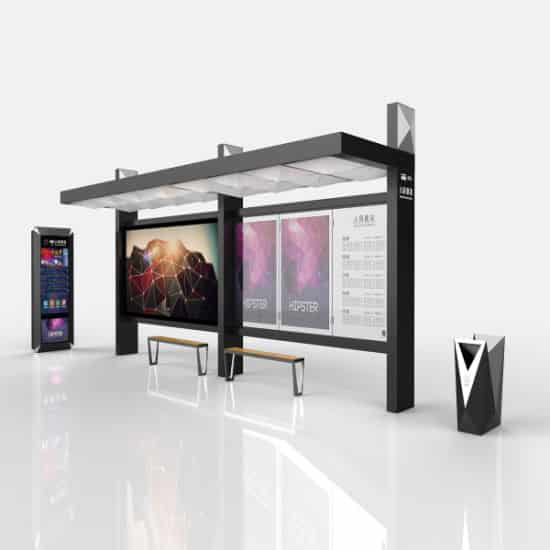
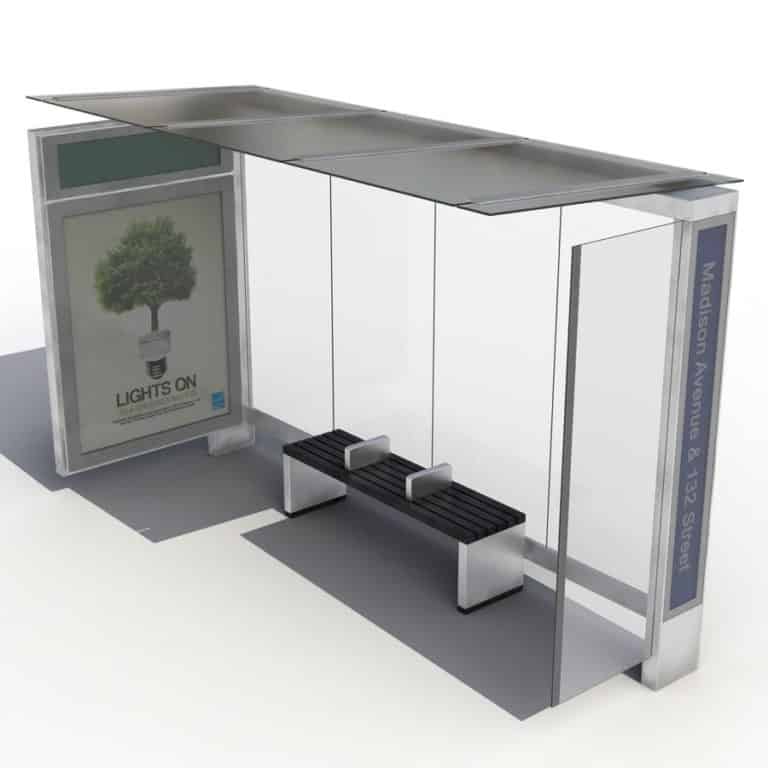
VISION
Our user centric Smart City Bus Shelter will be a way to connect various businesses and institutions to public transport commuters. Through considering alternative design approaches, bus shelters can relate to the wider urban environment and everyday practices, which includes complex relationships between multiple stakeholders and public transport services, functions, design, and management.
The focus of the solution is about utilising digital display of information in public spaces such as bus shelters. The information or content concerns digital advertisements or announcements from businesses, institutions and other points of interest around the city.
POTENTIAL FEATURES
- IoT sensors integration
- Established commercial solution
- Testbed for new developments
- Interactive and conditional advertising
- during lunchtime – offers from local diners
- answering funny or interesting questions
- USB and Wireless charging
- Sound effects
- Solar panels
- Garbage recycling
- etc.
POSSIBLE SCOPE
- Bus arrivals and schedule
- Delay information
- Public announcements
- Local news and city improvements
- Sensor information to commuters
- Educational – Recycling, Cyberhygiene, Finance etc.
- Commercials from local businesses
USE CASE SCENARIOS
Every one of our shelters is unique and configuration and use cases build up in cooperation with the specific city or municipality.
IoT Sensors Integration
The integration of IoT in the smart bus shelter involves the use of sensors that collect contextual data from the commuters as well as the environment. Such data can be useful in the system‟s decisions making when it comes to what content is displayed on the screens.
This results in a context-aware system that optimises the relevance of information displayed, at a given time, location and for specific commuters in a bus shelter.
Various use case scenarios may be adapted where commuters can be engaged in an intelligent bus shelter. This enables to the investigation of the value-adding aspects of IoT both from the user’s (commuter’s) perspective and in the business perspective.
The integration of IoT in bus shelters enables transport providers to analyze data that can reflect the movement of commuters in the city at different times. The information is useful to optimize bus allocation thus reducing buffer times.
Incorporate a range of sensors that collect and visualise data for commuters for example air pollution or weather information. In addition, you may monitor air quality and noise levels.
